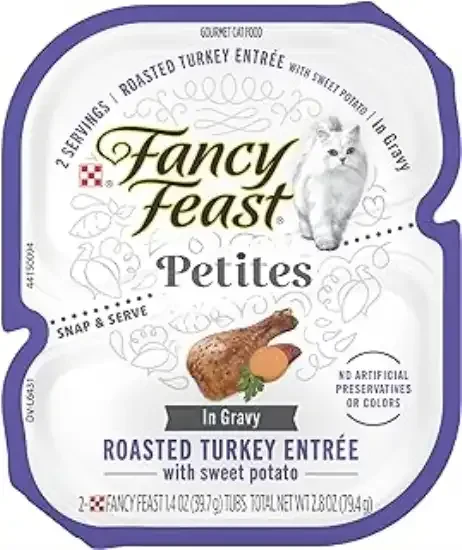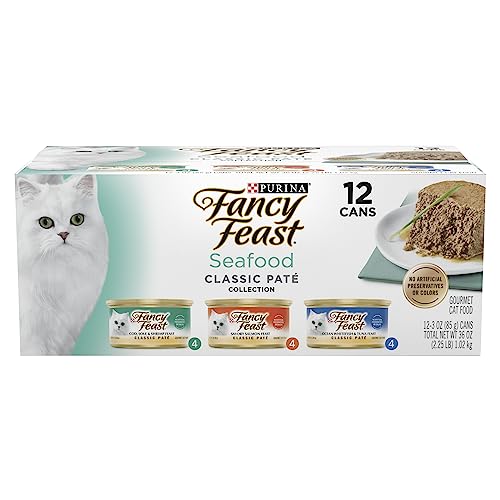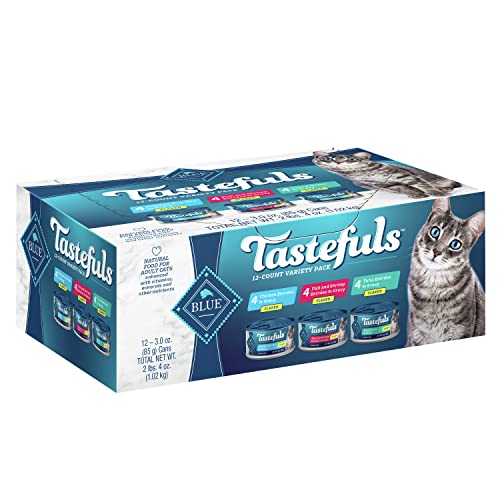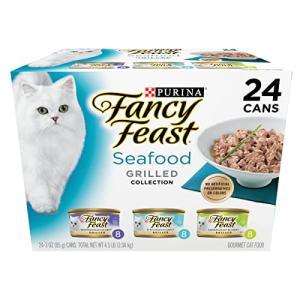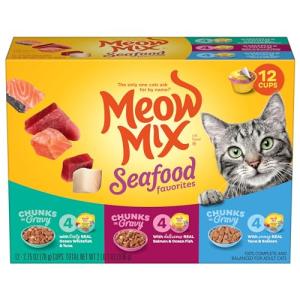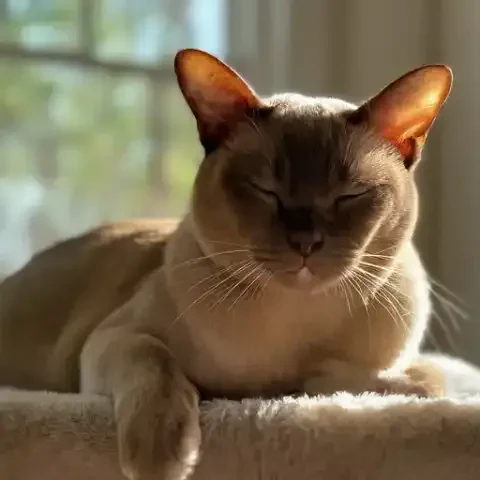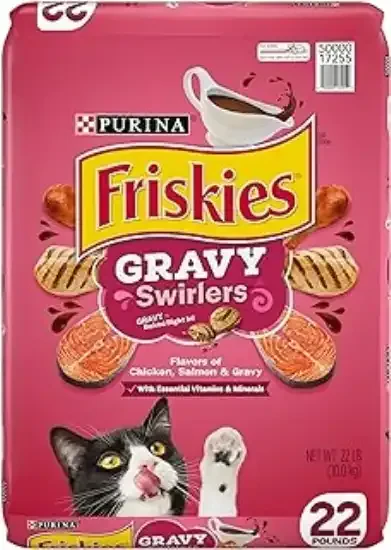Have you ever stood, perhaps a bit bewildered, in front of the pet food aisle, or scrolled endlessly through online pet food retailers, feeling like you've entered a labyrinth of choices? Bags and cans stretch into the distance, each adorned with appealing images and promising to be the perfect nourishment for your feline companion. “Grain-free!” “High-protein!” “Veterinarian Recommended!” The labels shout for your attention, each brand seemingly vying for the coveted spot in your cat’s food bowl. In this overwhelming landscape, it’s easy to feel lost, unsure of how to navigate the sheer volume of options and determine what truly constitutes the best food for your beloved cat. But beneath the surface of marketing claims and attractive packaging lies a fascinating world of cat food brands, each with its own philosophy, approach to nutrition, and commitment to feline well-being.
More than just a label on a bag, a brand represents something deeper. It's the embodiment of a company's values, their dedication to quality, and their unique approach to pet nutrition. Choosing a brand is about more than just selecting food; it's about placing your trust in a company’s commitment to providing consistent quality, nutritional excellence, and ultimately, the health and happiness of your cat. In a market saturated with options, understanding the nuances of different brands becomes essential for informed decision-making. This article invites you on a journey beyond the pet food aisle, to truly explore the world of cat food brands. We'll delve into what defines “quality” in this landscape, uncover the incredible variety of brands catering to diverse needs and preferences, and spotlight the exciting innovations that are shaping the very future of feline nutrition. By understanding these key aspects, you can move beyond feeling overwhelmed and become an empowered consumer, confidently selecting brands that align with your values and provide the optimal nourishment for your cherished feline friend.
But what does “quality” truly mean when we talk about cat food brands? It’s a concept often touted in marketing materials, but discerning genuine quality from clever hype requires a deeper understanding of what to look for. At its foundation, quality in cat food brands starts with high-quality ingredients. For our obligate carnivore companions, this fundamentally means a focus on named animal protein sources. Brands that prioritize ingredients like “chicken,” “salmon,” “turkey meal,” or “beef” at the top of their ingredient lists signal a commitment to providing the essential building blocks for feline health. Delving deeper, consider the quality of other ingredients as well. While meat should be primary, other components like fats, carbohydrates (if present), vitamins, and minerals also play crucial roles. Look for recognizable, wholesome ingredients, such as named fats (chicken fat, fish oil), easily digestible carbohydrates (if included), and sources of essential vitamins and minerals.
Conversely, be mindful of brands that rely heavily on fillers and by-products, particularly unnamed or vaguely described “meat by-products.” While some by-products can be nutritious, transparency in sourcing is key. Brands that prioritize “real food” ingredients – whole meats, recognizable vegetables and fruits (in appropriate amounts for cats), and avoid excessive artificial additives often signal a higher commitment to quality and nutritional integrity. Beyond ingredients, nutritional formulation and expertise are critical. Trustworthy brands often invest in scientifically formulated recipes, developed in consultation with veterinary nutritionists or animal scientists. These experts ensure that the food is not only palatable but also nutritionally complete and balanced, meeting the specific dietary needs of cats. The AAFCO statement, once again, becomes a vital marker, guaranteeing that the food meets established nutritional standards for the intended life stage. Furthermore, brands that offer a range of formulas tailored to different life stages (kitten, adult, senior) and specific needs (weight management, sensitive stomachs, etc.) demonstrate a deeper understanding of feline nutrition and a commitment to catering to diverse requirements.
Transparency and sourcing practices further distinguish high-quality brands. Brands that are open and forthcoming about where they source their ingredients – whether it’s country of origin, specific suppliers, or quality control standards – inspire greater confidence. Manufacturing transparency is equally important. Brands that demonstrate a commitment to quality control throughout their manufacturing processes, adhering to food safety regulations and conducting regular testing, prioritize the safety and consistency of their products. Clear and honest labeling is another hallmark of quality. Brands that avoid misleading marketing claims, provide accurate ingredient lists, and clearly explain the nutritional benefits of their food demonstrate integrity and respect for the consumer. Finally, brand reputation and a history of quality are invaluable indicators. Established brands with a long track record of producing consistent, high-quality cat food have often earned their reputation through years of dedication to feline nutrition. Positive endorsements from veterinarians and pet nutrition experts, while not the sole determinant, can also lend credibility to a brand's claims of quality. And while customer reviews are subjective, a consistent pattern of positive feedback regarding a brand’s quality, palatability, and impact on cat health can be a helpful, though not definitive, factor to consider.
The world of cat food brands is incredibly diverse, offering a spectrum of choices to cater to every budget, dietary philosophy, and feline preference. Categorizing brands by price point can provide a useful starting point for navigating this vast landscape. At the economy or value end of the spectrum, you'll find brands primarily focused on affordability. While these brands may meet basic AAFCO nutritional requirements, they often prioritize cost-effectiveness over ingredient quality, potentially using more fillers, plant-based proteins, and fewer premium animal ingredients. Examples might include brand names often found in budget-focused retail chains. Moving up the price scale, mid-range or mainstream brands strike a balance between quality and affordability. These brands are often widely available in grocery stores and pet stores, offer decent ingredient quality, and generally meet AAFCO standards. They may utilize more named animal protein sources and fewer fillers than economy brands. Examples in this category could include well-known brands readily found in major pet supply stores. At the premium or high-end level, brands prioritize ingredient quality above all else, often featuring higher percentages of animal protein, specialized formulations, and a focus on specific dietary philosophies, such as grain-free or limited ingredient diets. These brands often utilize premium ingredients, may be more transparent about sourcing, and are often found in specialty pet stores or online. Examples include brands renowned for their whole prey formulations or raw-inspired diets.
Beyond price, brands can also be categorized by their underlying dietary philosophy or nutritional focus. Traditional or balanced brands prioritize providing complete and balanced nutrition based on established veterinary guidelines. They may utilize grains and plant-based ingredients in moderation alongside animal proteins, focusing on overall nutritional adequacy and palatability. Grain-free brands, a significant category in recent years, emphasize formulas without grains like corn, wheat, or soy, often positioning themselves as closer to a cat’s ancestral diet and typically featuring higher protein and lower carbohydrate levels. Limited Ingredient Diet (LID) brands are specifically formulated for cats with food sensitivities or allergies. These brands utilize simplified ingredient lists, often featuring novel protein sources (like duck or venison) and limited carbohydrate sources to minimize potential allergens. Raw food brands, commercially prepared for convenience and safety, offer frozen or freeze-dried raw diets, aligning with the belief that cats thrive on uncooked, whole-prey-inspired nutrition. Human-grade or minimally processed brands are a growing trend, emphasizing the use of human-quality ingredients and minimizing processing to preserve nutrient integrity. Veterinary or prescription diet brands, a distinct category, offer therapeutic diets formulated to manage specific medical conditions, ranging from kidney disease to food allergies, and are typically sold through veterinarians.
Finally, cat food brands can also be categorized by their primary format – dry, wet, or balanced lines offering both. Some brands may predominantly focus on dry food, offering a wide range of kibble formulations with limited or no wet food options. Other brands excel in wet food, emphasizing the hydration benefits and palatability of canned or pouched food, with perhaps a smaller dry food selection. And many brands strive to offer balanced lines, providing both dry and wet food options across their product ranges, allowing owners to choose the combination that best suits their cat’s needs and preferences.
Innovation is a constant force shaping the cat food industry, pushing brands to explore new frontiers in feline nutrition and product development. Ingredient innovation is a key area. Brands are increasingly exploring novel protein sources beyond traditional meats, including insect protein, plant-based proteins (though carefully considering feline needs), and other sustainable protein options as alternatives to conventional meat sources. Functional ingredients are also gaining prominence – prebiotics and probiotics to support gut health, antioxidants for immune support, omega fatty acids for coat and brain health, and other bioactive compounds aimed at specific health benefits. There’s a noticeable trend towards a greater focus on whole food ingredients, with brands increasingly prioritizing minimally processed, recognizable components and moving away from highly refined or artificial ingredients.
Formulation advances are also driving innovation. Personalized nutrition is emerging, with some brands offering customized food recommendations based on detailed cat profiles, taking into account age, breed, health conditions, activity levels, and even individual preferences. Formulas designed to support a healthy gut microbiome are becoming more common, recognizing the crucial role of gut bacteria in digestion, immunity, and overall health. And while less pronounced in cats compared to dogs, there’s continued refinement of age-specific nutrition, and some exploration of breed-specific formulas, though breed-specific nutrition is a less established concept for cats.
Sustainability and ethical sourcing are increasingly important drivers of innovation. Brands are responding to growing consumer demand for environmentally responsible practices by emphasizing sustainable ingredient sourcing – seeking out eco-friendly fish sources, responsibly raised meats, and plant ingredients with minimal environmental impact. Ethical considerations are also coming to the forefront, with brands highlighting animal welfare in their sourcing and production practices, and adopting more environmentally conscious packaging to reduce their environmental footprint. Technological innovations in production are also playing a role. Improved food processing techniques are being developed to better preserve nutrient integrity and enhance palatability during manufacturing. Technological advancements are also enhancing quality control and traceability throughout the supply chain, allowing for better tracking of ingredients and improved quality assurance. And finally, retail models are evolving, with subscription services and direct-to-consumer brands offering increased convenience, personalization, and direct relationships between brands and consumers.
To truly navigate this diverse brand landscape and choose wisely for your cat, start by understanding your cat's individual needs. Consider their age, health status, activity level, any known preferences or sensitivities. Remember that feline nutrition is not one-size-fits-all. While price is a factor, prioritize quality over price alone. The cheapest option is not always the best, and investing in a higher-quality food can often lead to better long-term health and potentially fewer vet bills down the line. However, excellent value can be found at various price points. Become a label reader and brand researcher. Use the knowledge gained to critically assess food labels, prioritize ingredient lists, and research brands beyond just their marketing slogans. Explore brand websites, look for independent reviews (with a balanced perspective), and see if veterinarians frequently recommend the brand. When starting out, don’t feel you need to reinvent the wheel. Begin by exploring reputable brands, perhaps starting with some of the examples mentioned earlier in this article or those recommended by your veterinarian. Ultimately, the best indicator of success is your cat's response. When transitioning to a new food, do so gradually and carefully observe your cat’s health and well-being. Monitor their coat condition, energy levels, digestive regularity, and crucially, their palatability – do they readily eat and enjoy the food? And finally, remember that your veterinarian is an invaluable resource. Don’t hesitate to consult them for personalized guidance, especially if your cat has specific health concerns or you are making significant dietary changes.
The world of cat food brands is vast, dynamic, and constantly evolving. By understanding the pillars of quality, appreciating the incredible variety available, and recognizing the driving forces of innovation, you can confidently navigate this landscape and make empowered choices for your feline companion. Choosing the right brand is not just about picking a food; it's about aligning with a company that shares your commitment to feline health and well-being. Embrace this informed approach, and you'll unlock a world of options, ensuring your cat receives the optimal nutrition to thrive, contributing to a long, healthy, and joyfully purr-filled life. The future of cat food brands is bright, with increasing focus on quality, innovation, and a deeper understanding of the intricate nutritional needs of our beloved feline companions.
